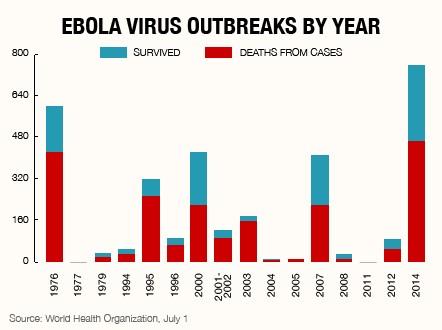
“The particles have the ability to create inflammation and disease in these contacts.

Patients who are vaccinated can shed some of these (spike protein) particles to close contacts,” the press release says.

“The vaccine produces many trillions of particles of spike proteins in the recipient. “As these experimental vaccines create ‘spike proteins,’ vaccinated individuals ‘can shed some of these particles to close contacts’ causing disease in them, including in children,” says the subhead of article, which has more than 2,000 shares on Facebook.Īs evidence, LifeSite - which was banned from YouTube for repeatedly sharing misinformation about the pandemic - cited an April 26 press release from a group called America’s Frontline Doctors. In an article published May 3, LifeSite, which bills itself as “an independent pro-life news outlet,” wrote that people who have received the coronavirus vaccine may still infect others. Nearly 150 million Americans have received at least one dose of the coronavirus vaccine, but some say it may not make much of a difference in limiting the spread of COVID-19. The claim: People fully vaccinated against COVID-19 can ‘shed’ viral particles from the vaccine and infect unvaccinated people The update does not affect the "false" rating. COVID-19 vaccinated people don't shed viral particles from the vaccine, be they live virus or spike proteins. We do need to give people a glimpse, a little motivation for sticking with the precautions where they need to so that they can stay motivated to keep our community safe so that everyone can get back to normal.Watch Video: Kids and COVID-19: Here's when the FDA plans to authorize the vaccine for childrenĮditor's note: This story was updated May 11 to clarify the nature of viral shedding connected to COVID-19 and the vaccines. It takes a long time to vaccinate a country and we do need to keep our morale up. If you’re fully vaccinated, when you’re at work and when you’re in public, just assume that there are people around you that are probably unvaccinated and keep your mask on. When you start bringing in people from multiple households, then you really do start to increase the risk of transmission. A grandparent that’s fully vaccinated and doesn’t live with their grandchild who’s unvaccinated can now safely give that child a hug. It needs to be limited to two households together at one time. If you’re fully vaccinated, you can be in the same house, unmasked in close proximity to someone who’s unvaccinated who’s low risk. And you don’t have to stay six feet apart. So that means you can have a friend over for dinner if you are fully vaccinated. If you’re fully vaccinated, you can now be safely with other people in your private life, in your home or their home, if they are also fully immunized.
#Vaccinated people transmit virus full#
You do need two weeks for your immune system to mount its full response.

But you do need to understand what it means to be fully vaccinated.īeing fully vaccinated means that you have finished your vaccine, whether that’s one dose or two, and two weeks have passed. Melanie Swift, M.D., COVID-19 Vaccine Allocation and Distribution, Mayo Clinic: The promise of vaccine all along has been getting back to life as normal, and we can see a little glimmer of that now, which is very exciting.


 0 kommentar(er)
0 kommentar(er)
